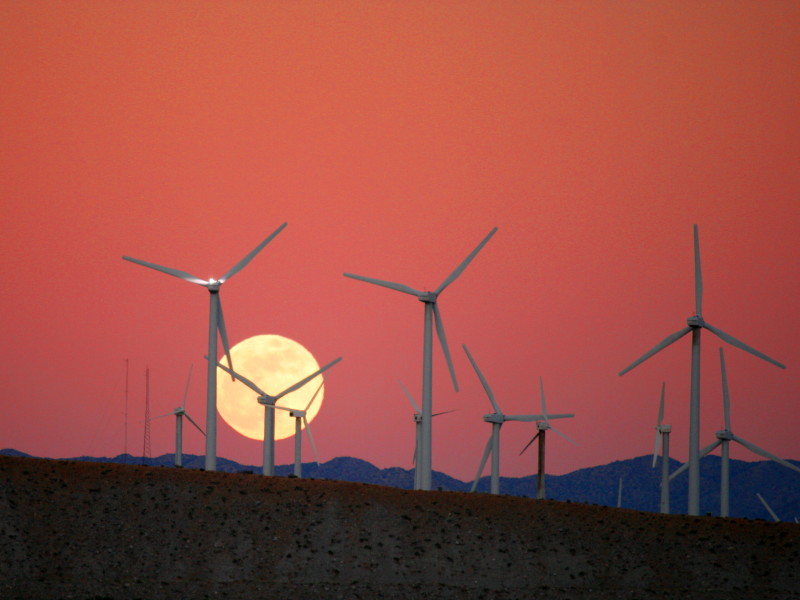The expansion of large-scale wind farms, especially those built off the coast, is further raising hopes that the energy transition can succeed within the next few decades. As equipment becomes larger with more technological advances, the wind power industry is increasingly under pressure to integrate into the circular economy and minimize its environmental impact.
The issue of what to do with old wind equipment is a global challenge and must be confronted now just as the wind power sector is poised to boom. But first, the industry must find a solution for those wind power units that’ll soon face their expiration date. The Global Wind Energy Council says that by 2030 nearly 200 GW of onshore wind projects, mainly in the EU and the U.S., will conclude their operational lifespan.
Currently, there’s not much discussion in Japan about what to do with aging wind turbines, primarily because Japan’s wind capacity – 4.5 GW as of March 2021 – accounts for less than 1% of the national power mix. By comparison, solar has 62 GW of capacity.
Nevertheless, these sustainability questions will be a major issue as Japan pushes to make offshore wind power a key part of decarbonizing the country’s industry. By 2030, the government plans to increase wind capacity more than five-fold to 23.6 GW, or 5% of the total generation, according to the Sixth Basic Energy Plan.

